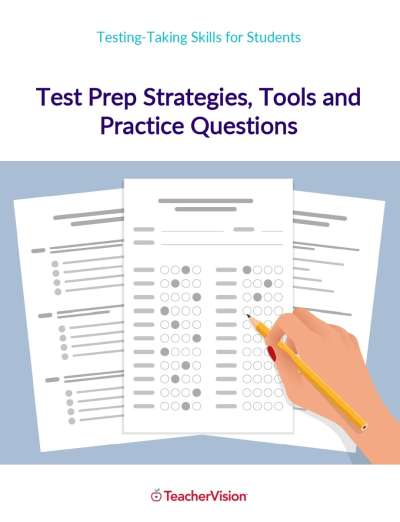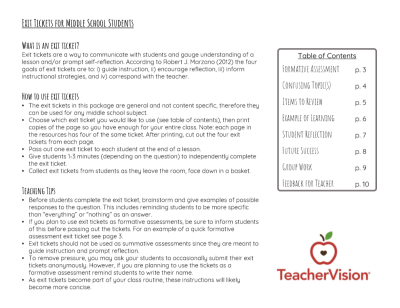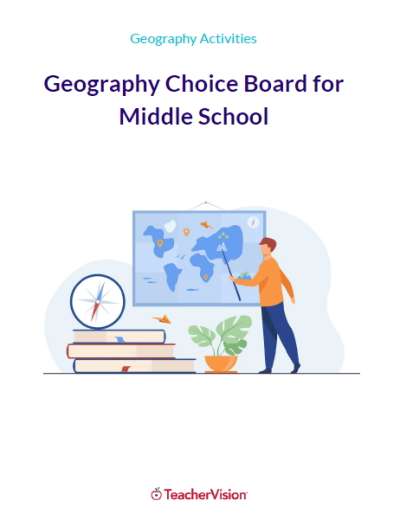Activities
Social Studies – A Space Colony
Materials: paper, pencil
| • | Arrange students in small groups and tell them that they are leading a 100-person team that has just settled on a new planet. |
| • | The planet is similar to Earth, but they are its first inhabitants. |
| • | Each group must propose how to organize a new colony here. |
| • | They must address how to meet basic needs, figure out how to plan towns and government, and decide what laws they'll need. |
| • | Have students write their proposals in an organized, convincing way. |
| • | Each group should share its plan with the class. |
| • | Encourage thoughtful discussion of students' proposals. |
| • | As a group, create a class plan for the colony, selecting the best ideas from each proposal. |
Science – How Far Is Far?
Materials: tape measure, eight objects
| • | To help students visualize the relative distances between objects in our solar system, take them to a large outdoor area. |
| • | Have a student stand at one end of the open area, representing our sun. |
| • | Place the objects listed below at specified distances from the student representing our sun. If you are unable to gather these objects, you can use rocks. – Mercury (peanut): 5 inches – Venus (marble): 8.5 inches – Earth (golf ball): 1 foot – Mars (acorn): 1.5 feet – Jupiter (basketball): 5 feet – Saturn (soccer ball): 9.5 feet – Uranus (baseball): 19 feet – Neptune (large orange): 30 feet |
| • | Once your solar system is in place, lead students to discuss these rough estimates of relative distance. Ask, "What do they show us about our solar system?" |
Art – Constellation Creations
Materials: black paper, white crayons
| • | Ask students to name and describe any constellations they know. If students do not know any constellations, ask them to find examples in books or on the Internet. |
| • | Invite students to create "night skies" with white crayon on black paper. |
| • | Then have students exchange papers and study their classmates' "night skies." |
| • | Encourage them to use imagination to create their own constellations by drawing lines between stars. |
| • | Students can name their constellations and display them for the class. |
Math – How Much Does It Weigh?
Materials: paper, pencil, classroom objects, scale, Gravity and Weight on Other Planets
| • | Allow students to work individually or in pairs to weigh an object and determine its weight on each of the eight planets. |
| • | Challenge students to analyze the information they chart by answering the questions at the bottom of the page. |
| • | Students can weigh additional objects and determine their weights on each of the planets. |
Reading/Language Arts – Astronomical Facts
Materials: paper, pencil, research materials on space
| • | Have students gather in small groups and select a space topic to research. |
| • | Generate ideas by suggesting topics such as black holes, comets, meteors, planets, the earth's moon, and the sun. |
| • | Direct students to look through classroom research materials to find information. |
| • | Guide them to take notes to record interesting things they learn. |
| • | Members can decide how to present their facts to the class. |
| • | Suggest that they design a poster, write a report, or create a fact handout. |
| • | Invite groups to present their facts. |
Physical Education – Blast-Off!
Materials: none
| • | Take students to the gym or an outdoor area to play a space game modeled after Red Light, Green Light. |
| • | Have students draw straws or pick numbers to determine which student will be mission control. The rest of the players will be space shuttles. |
| • | The player who will be mission control stands far from the rest of the students and has his or her back turned toward them. |
| • | The students who are shuttles move toward mission control, going forward when mission control calls out "blast-off!" and stopping when mission control calls out "landing." |
| • | The mission control player may only turn around after saying "landing." If mission control sees any students moving, those students must go back to where they started. |
| • | The winner is the first shuttle to reach mission control. |
Enrichment Activity: Space Challenge
Invite students to work in pairs, following the directions to create game cards for an astronomical quiz show. Then have students divide up into teams to play the game as directed.
Your Team: group of three or four
Materials: notecards or index cards, pencils, space research materials
Your Assignment: make and play an astronomical quiz game
- Use information you learned today and the research materials in your classroom to create two or three question cards for a quiz show about space. You may work alone or with a partner.
- Write each question on a notecard. Include three incorrect answers and one correct one. Circle the correct answer.
- Choose one student to be the game show host. He or she will gather all the notecards and ask the questions.
- Divide up into teams of three or four. Each team should choose a team leader, who will speak for the team.
- The game show host begins by asking one team a question. If the team answers the question correctly, it gets a point. If it does not, the next team can try to answer the question and gain a point.
- After all questions have been asked, the team with the most points wins the Space Challenge.
Closing Activity
Hang a piece of craft paper on one wall of the classroom. Draw a line down the middle, and title one side "Did you know?" and the other side "I wonder if..." Invite groups to add space-related phrases or sentences under each heading. When everyone has had a turn, read the facts students listed and the questions they still have. Talk about how they can find answers.





